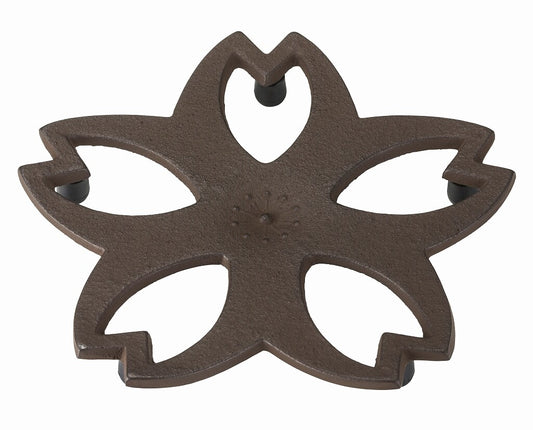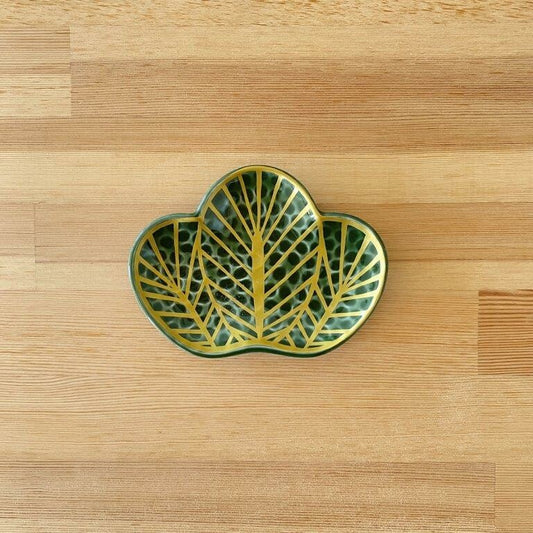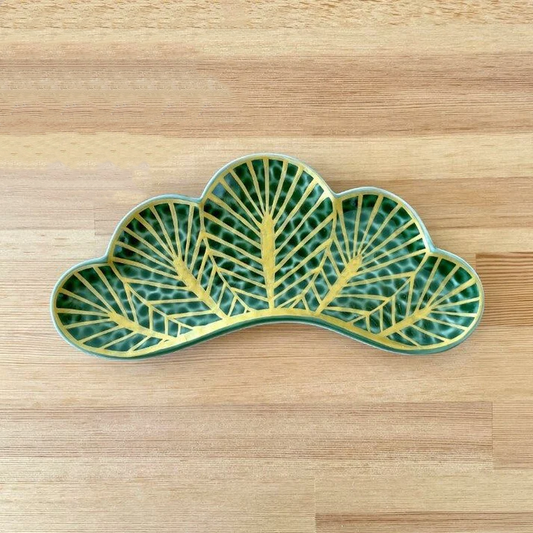 (https://www.worldhistory.org/image/7791/ancient-japanese-jar/)
(https://www.worldhistory.org/image/7791/ancient-japanese-jar/)
In Japan, people have used jars, tableware, and vases made from fired clay for centuries. The clay used for ceramics contains quartz, mainly composed of silicic acid. When heated, this quartz combines with substances like aluminum and calcium to form glass. After molding the clay, heating it melts the glass into a fluid, which penetrates between the clay particles. As the clay cools, the glass solidifies and binds to the clay particles.
The general process of making ceramics is as follows.
- Shaping (molding)
- Drying the shaped piece (1-2 weeks)
- Bisque firing
- Applying glaze
- Glaze firing (at a higher temperature than bisque firing)
Glaze is a substance applied to the surface of ceramics. When fired, it turns into a glass-like coating. This gives the finished product a glossy appearance and prevents water from penetrating the surface.
History of Japanese Pottery and Porcelain

(https://commons.wikimedia.org/wiki/File:Clevelandart_1984.68.jpg)
Japanese ceramics began with Jomon pottery (縄文土器, Jōmon Doki), which was made during the Jomon period. The oldest pottery is said to be 16,500 years old and was found at Odai Yamamoto, Aomori Prefecture. This is much older than other pottery that has been found in other parts of the world.
The Yayoi pottery (2nd century BC - 3rd century AD) was produced afterwards, and was thinner and more uniform than Jomon pottery. It included many simple practical items such as water jars, pots, cooking vessels, and bowls. Later, ritual vessels such as “Hajiki” (rust-red pottery) and “Haniwa” (clay figurines) were made.

“Sue” ware was made using new pottery-making techniques introduced from mainland China and the Korean peninsula. This included molding on a potter's wheel and firing at a higher temperature in kilns built on the slopes of hills. Sue ware is fired with a reducing flame, which gives it a hard, greyish-black base. There are many types of sue ware, including sake cups, cups, bowls and jars. Sue ware was produced from the mid-Kofun to the Heian period. Some were covered with ash during firing and some were fused and naturally glazed.

The first artificial glaze used in Japan was green glaze, which began to be fired in the late 7th century. In the 8th century, “Nara Sansai”, which used three different glazes, was produced. Nara Sansai’s creation was influenced by Chinese Tang Sansai and used low-fire lead glazes, similar to the green glaze.
Ash-glazed ceramics began to be produced at the “Sanage” kilns in southeast Owari (now Aichi), replacing the Sue ware produced until then. Ash-glazed ceramics of the early Heian period (9th century) were produced mainly in the Kurozasa area of Owari. Ash-glazed ceramics were glazed with high-fired glazes using natural grass and wood ash as the main material.
By the mid-Heian period, in the late 10th century, the Sanage kilns had established a production system for ash-glazed pottery. The firing method was also changed from a reducing flame to an oxidizing flame, resulting in a white finish. By the late Heian period, around the 12th century, the Sanage kilns gradually shifted to producing primarily unglazed, shallow bowl-shaped dishes and plates, focusing on mass-producing simple tea bowls.
During the Kamakura and Muromachi periods, pottery production flourished across Japan, particularly at the Six Ancient Kilns (selected as a Japan Heritage site by the Agency for Cultural Affairs in 2017). These include Tokoname and Seto kilns in Aichi Prefecture, Echizen kiln in Fukui Prefecture, Shigaraki kiln in Shiga Prefecture, Tamba kiln in Hyogo Prefecture, and Bizen kiln in Okayama Prefecture. Each of these kilns produced distinctive products unique to their region during this era.

(https://commons.wikimedia.org/wiki/File:Gr%C3%B6n_Oribe_tesk%C3%A5l_-_chawan.jpg)

During the Azuchi-Momoyama period, the popularity of the tea ceremony led to the development of pottery with distinct Japanese characteristics. In the Seto and Mino regions, exceptional tea ceramics such as Shino, Ki-Seto, Seto-Guro, and Oribe, which included tea bowls, water jars, and incense containers, were produced. In Kyoto, Raku ware was created. By the late Momoyama period, new techniques were introduced from the Korean Peninsula. Various feudal lords supported and promoted pottery production, resulting in the flourishing of Korean-style pottery such as Takatori ware, Agano ware, Satsuma ware, Karatsu ware, and Hagi ware.

In the 1610s, porcelain stone was discovered at Izumiyama in Arita (Saga Prefecture), leading to the production of Japan's first porcelain. Sakaida Kakiemon of Arita perfected the “Nigoshide” (a milky white porcelain body seen in the Kakiemon style) which led to the production of colored porcelain. From 1659, large quantities of colored porcelain were exported to Europe from Imari port, leading to Arita ware being known as “Imari” ware. Although Arita and Imari ware have been distinguished since the Meiji period, Arita ware from the Edo period is still referred to as "old Imari" and was popular among European nobility.
In the 18th century, porcelain production techniques, which had been limited to the Arita region, were brought to other parts of Japan, and porcelain was actively produced in Kyoto, Kutani, Tobe and Seto.
New technologies such as coal kiln firing and coloring techniques were introduced by the German Gottfried Wagener in the early Meiji period. General knowledge of European ceramic techniques and materials were also spread during this period.
What are the Differences Between Japanese Pottery and Porcelain?
(1) Raw Materials
Pottery is made from clay known as "陶土" (tōdo), which is prone to cracking. To prevent this, materials like quartz or feldspar, which are materials for glass, are mixed in. On the other hand, the raw materials for porcelain are quartz and feldspar, which are ground into powder and mixed with clay.
(2) Firing Temperature
Pottery: 800-1250°C
Porcelain: 1200-1400°C
(3) Firing Methods
Pottery can be fired by either oxidizing or reducing firing, while porcelain is fired by reducing firing only.
Oxidation firing: In this process, sufficient oxygen is introduced into the kiln, and the temperature is gradually increased, producing a bluish flame. Because the firing occurs in an environment with ample oxygen, various substances in the clay and glaze combine with oxygen (oxidation), altering the color and texture of the ceramics.
Reduction firing: from around 900 °C, when the glaze begins to melt, the air flow in the kiln is adjusted to fire in a state of incomplete combustion. By restricting the oxygen feed, the combination of oxygen with the substances contained in the substrate and glaze is prevented, and the texture and color are changed by releasing the oxygen that is already contained.
(4) Differences in the Finished Product
|
Pottery |
Porcelain |
|
|
Sound when tapped |
Dull, low sound |
Metallic, high, clear sound |
|
Light transmission |
None |
Present |
|
Water absorption |
High |
Low |
|
Texture and thickness |
Feels warm and rustic, thick |
Smooth and hard due to high glass content, thin |
(5) Main Ceramics and Porcelain Types
Ceramics:
Shigaraki ware, Banko-yaki, Mino ware, Karatsu ware, Seto ware, Mashiko ware, Hagi ware, Bizen ware, Tanba Tachikui-yaki, Oshikada ware, etc.
Porcelain:
Kutani ware, Tobe ware, Kyoto ware, Arita ware (Imari ware), etc.





